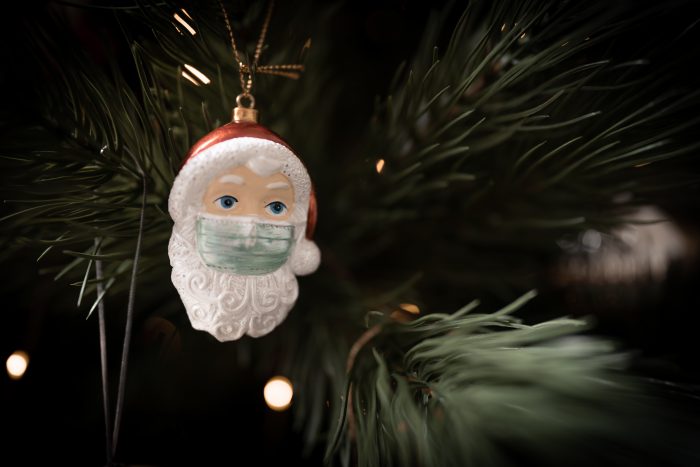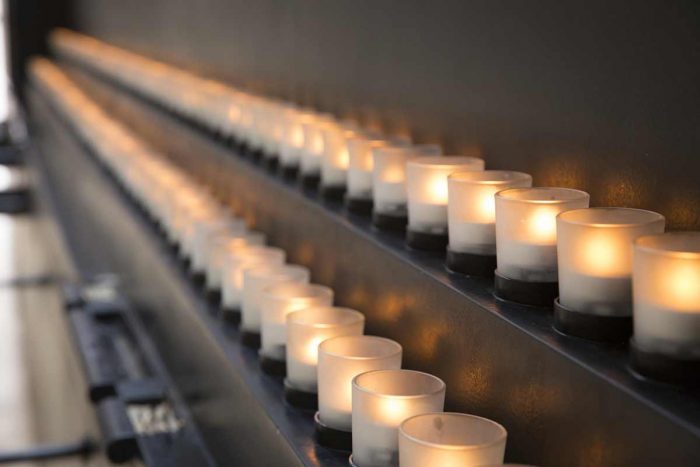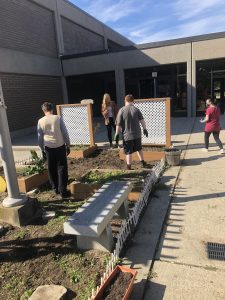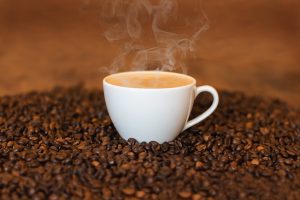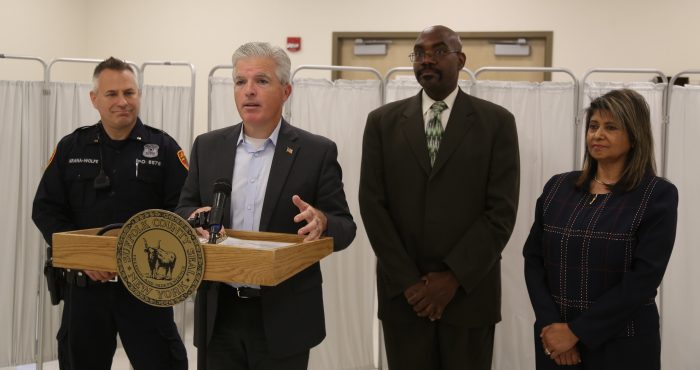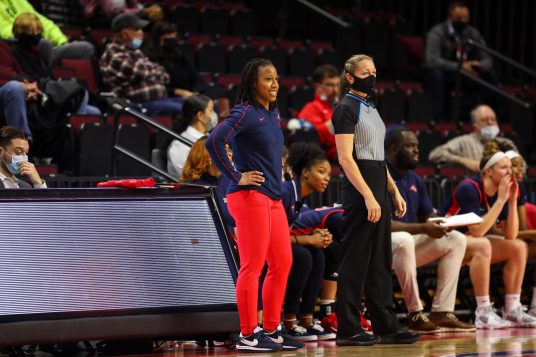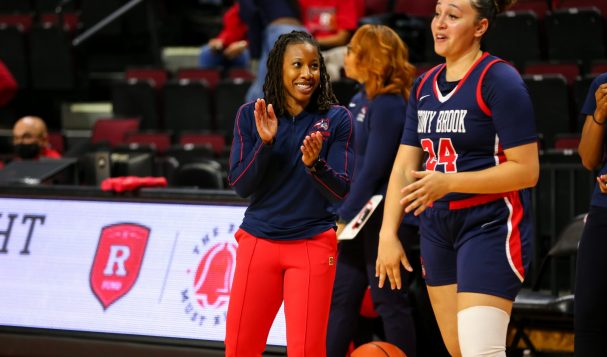With Christmas this weekend, families are looking to get together for some quality time.
Last Christmas, in the midst of the coronavirus pandemic, people quarantined with just those in their households. It was lonely for some, but they stayed safe, away from contact with other people.
Then 2021 came around and with the vaccines we saw some hope — we began slowly peeling off our masks and traveling again. Families became reunited.
But unfortunately, that was premature and now Suffolk County is at a 14% positivity rate as of Tuesday, Dec. 21.
To put it in perspective, municipalities across New York state were shut down at 5% in the spring of 2020. We have doubled the seven-day average compared to where we were at that time and have not shut down.
And there are reasons for that. Luckily more than a year-and-a-half later we have the vaccines, we have boosters and we know that masks work — we just need to continue using them and continue using common sense.
It’s sad to think that this is the second Christmas where some families might not be able to see their loved ones out of fear. It’s sad that we as a country were doing well and now have fallen back into old habits of not taking care of ourselves and of others.
If we continue not to listen to the Centers for Disease Control and Prevention, our health care providers and the science,
Politicians insist we won’t go into lockdown, but what will happen if the infection rate goes to 20%? What will we do if the hospitals are overfilled again?
With the comfort we felt during this past summer, newly vaccinated with restrictions lifted, some might have forgotten what early 2020 looked like. Visits to grandparents were through a window. Restaurants were not allowed to have inside dining. Disinfectants and masks were impossible to find, while bodies were kept in outside trailers because the morgue was filled to capacity.
We don’t want to head back in that direction, especially with all of the resources now available to us. We have the vaccine, we have the booster, we have masks and we know how to combat this virus. We just need to collectively do it and not treat it lightly.
So, for this holiday season, and throughout the rest of the winter, please take care of yourself, take care of others and be cautious.

